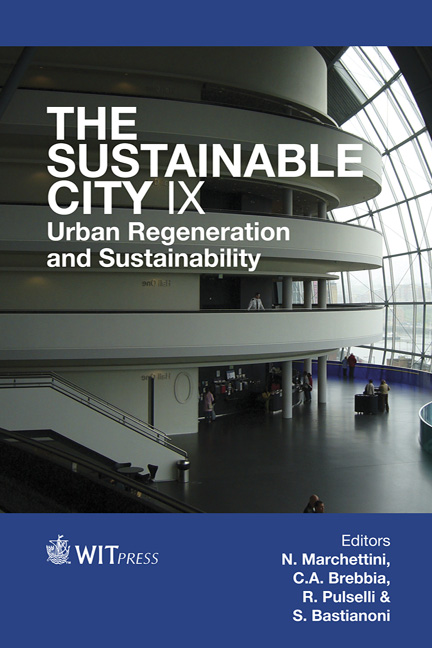Indoor Comfort In School Buildings: A Case Study, Palermo, Italy
Price
Free (open access)
Transaction
Volume
191
Pages
12
Page Range
1685 - 1696
Published
2014
Size
1,107 kb
Paper DOI
10.2495/SC141432
Copyright
WIT Press
Author(s)
S. Pennisi, G. Scaccianoce, V. Vaccaro
Abstract
The primary energy consumption in buildings in developed countries accounts for about 40% of whole uses. Therefore, a large number of regulations have been promulgated by the European Union concerning energy saving issues; in particular, Directive 2002/91/EC has been issued regarding the energy performance of buildings and its Recast Directive 2010/31/EU, promoting the Nearly Zero Energy Building targets, introducing stricter parameters with regards to this specific aim. Furthermore, the latter Directive asks Member States to include, within their national plans, measures aimed at supporting public authorities becoming early adopters of building energy efficiency improvements. At the same time, public authorities should implement effective examples of use of energy efficiency criteria in public buildings. Furthermore, the energy consumption of buildings depends significantly on the criteria used for the indoor environment, as well as, the building’s design and use, as clearly indicated in the EN 15251 standard. Recent studies have shown that the costs of a poor indoor environment on the employer, building owners and society, on the whole, are often considerably higher than the cost of the energy used within the same building. In this context, school buildings play a key role. They should have high levels of indoor environmental performance. In the present paper, the authors analyse the comfort conditions in a school in Palermo (Italy) in order to draw attention to the building’s design weaknesses. The analyses have highlighted that the requirements for indoor environmental quality and for energy efficiency may be controversial at times. It finally emerges that energy refurbishment actions will have to start from the requirements of indoor environmental quality.
Keywords
indoor environmental quality, thermal comfort, indoor air quality, visual comfort, acoustics comfort, school buildings





